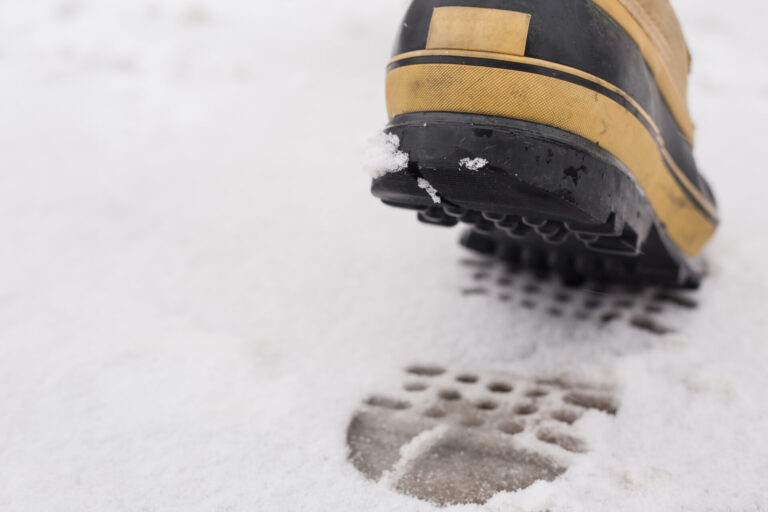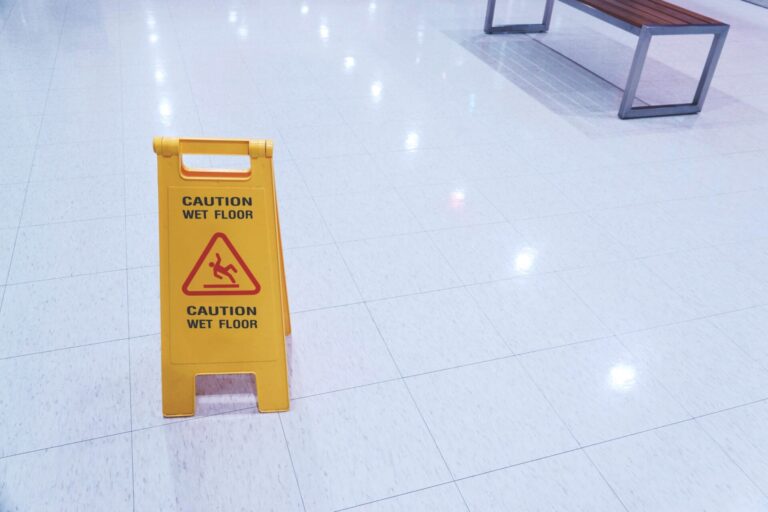
Winter Workplace Injuries
Winter Workplace Injuries and Tips to Prevent Them
Old Man Winter is quickly approaching. That means that business owners may need a reminder of what winter weather represents. This is a time of year when workplace injuries tend to rise. This leaves businesses with obstacles to face, as winter presents unique challenges. Winter seasonal risks have the added effect of raising workers’ compensation claims, sometimes to an astonishing level. Employers need to take steps now to prepare for many winter hazards, ensuring a safer workplace to control the expenses associated with occupational insurance claims.

Employee injuries due to cold weather will have a negative impact on daily operations. Workers injured by exposure to cold, slip and fall hazards and dangerous driving conditions often miss work because of their injuries, potentially putting business continuity on hold. Workers’ compensation claims tend to skyrocket, particularly when ice and snow are involved in winter storms. According to Occupational Safety and Health Administration (OSHA), 20 percent of all workers’ compensation claims are made up slip and fall workplace injuries. With the addition of winter conditions, the likelihood of this type of injury only increases.
Even if you remove slip and fall accidents, workers remain at risk of injury from cold stress and exposure. Individuals who are unable to warm themselves are prone to serious cold-related illnesses and injuries that may lead to permanent tissue damage or even death. According to the Centers for Disease Control (CDC), some of the most common cold-related illnesses include chilblains – a painful inflammation of blood vessels in the skin that causes itching, skin ulcers, swelling, burning, and red patches, trench foot – a serious condition that results from feet being wet for a long period of time, frostbite, and hypothermia.

While OSHA does not have specific standards about working in cold environments, employers have a duty to protect workers from hazards. Employers should have safety initiatives in place prior to winter weather beginning by establishing safety standards, promoting a company culture of workplace safety, and training supervisors and workers to properly prevent, identify and treat cold-related illnesses and injuries seriously.
Employers should create a plan to address all cold-related workplace hazards posed by sudden weather changes which can include temperature drops, snowstorms and wind advisories, among others hazards. When working in cold temperatures is unavoidable, care should be taken to reduce workers’ time exposed and physical demands to below-freezing temperatures by scheduling work for the warmest part of the days or rotating staff in and out for strenuous projects.
Clearing snow and ice from walking surfaces and putting down ice melt soon after a storm can avoid winter-weather-related slips and falls in the workplace. While outside surfaces should be monitored closely, employers should not forget indoor floors can become slippery surfaces. For any wet areas that can’t be immediately addressed, signage should be posted.

Steps to Take After a Cold or Winter-Weather-Related Accident or Injury Occurs
While no one plans to suffer a cold-related injury, it is important to be prepared and act when an accident does occur. It cannot be stated enough how important it is for any injured individuals to remain calm and immediately seek medical attention for their injuries. In extreme cases, an employee may be in shock and not be aware that they have suffered severe injuries until long after the accident occurs. This is one reason it’s important for injured persons to have their ailments properly evaluated, documented, and treated by a medical professional.
Following any injury treatment, employees should file an accident report and a workers’ compensation claim. Under normal circumstances, employees cannot sue their employers for on-the-job injuries, including those caused by cold exposure. Rather, they have the option of filing a claim under workers’ compensation law to recover their losses, including medical bills, lost wages, total and partial disability, and wrongful death benefits. Negligence is not a determining factor in workers’ compensation claims, so regardless of whether the worker or employer was at fault for the injury, benefits can still be provided.
Cold weather injuries, including slips and falls, cold stress and exposure can have devastating effects. These injuries, however, are often preventable with proper precautions. Employees who are regularly exposed to cold weather elements are particularly at risk of serious injury. Employers must set the standard of safety to take measures to protect their staff from cold-related injuries. Workers injured on the job may be able to recover medical and disability benefits, among others, through a workers’ compensation claim. Those injured due to a third party’s negligence may be able to seek legal remedies through a personal injury lawsuit.

Managed Programs... Managed Better
Experts in Risk
Management Consulting
Address
5540 Falmouth Street
Suite 203
Richmond, VA 23230



